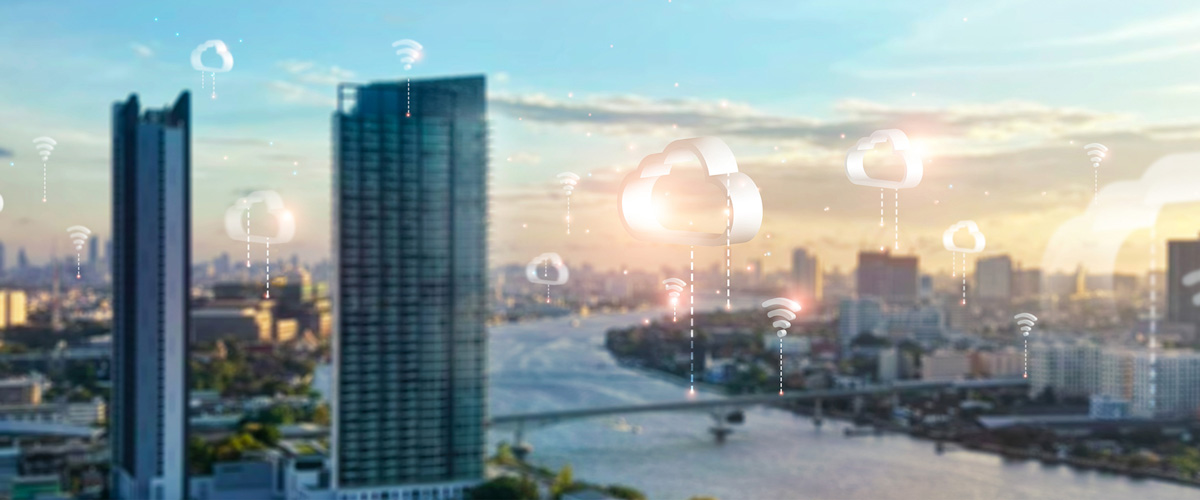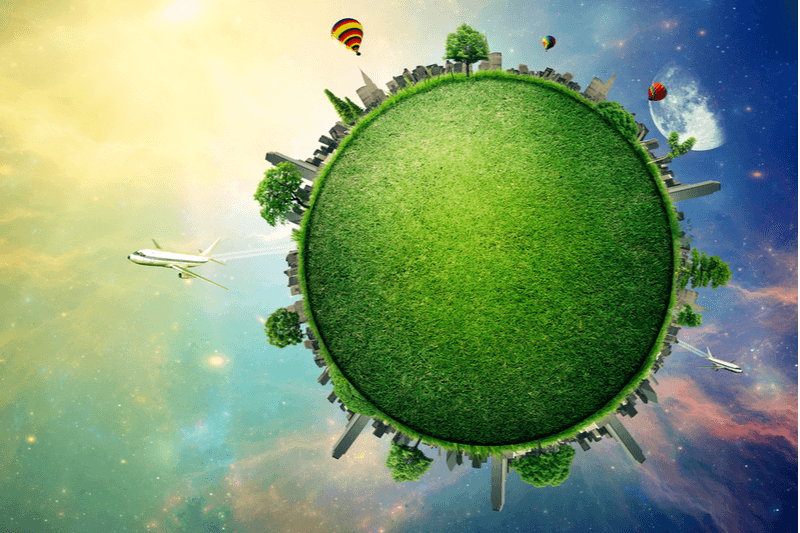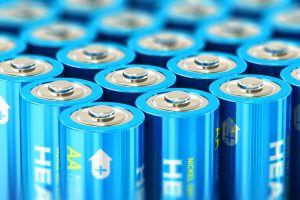There has been a remarkable surge in global awareness regarding sustainability and its pressing importance in recent years. With an increasing focus on environmental preservation, people have become more conscious of their choices, leaning towards sustainable alternatives . As a result, the popularity of green technology has grown exponentially.
Green technology, often known as clean or sustainable, refers to innovative practices and solutions that minimize environmental impact and conserve natural resources. These technologies are crucial in addressing pressing environmental challenges like climate change, pollution, and resource depletion.
This comprehensive article will delve into the definition of green technology and explore its significance in promoting sustainable innovations.
Sustainable Energy Solutions
These are environmentally-friendly energy options that meet the needs of the present without compromising the needs of future generations.
Renewable Energy Sources
- Solar Power – Harnessing the sun’s rays to generate electricity, solar power is a clean, abundant, and sustainable energy source, reducing greenhouse gas emissions.
- Wind Power – Utilizing wind turbines to convert wind energy into electricity, wind power provides a renewable and emission-free energy solution.
- Hydropower – Generating electricity from flowing water, hydropower offers a reliable and renewable energy source with low greenhouse gas emissions.
- Geothermal Energy – Tapping into the Earth’s heat, geothermal energy provides a stable, clean, and sustainable power supply.
- Biomass and Bioenergy – Converting organic materials into usable energy, biomass and bioenergy offer a carbon-neutral alternative to traditional fossil fuels.
Advancements in Energy Storage
- Grid-Scale Battery Storage – Large-scale batteries store excess renewable energy, enabling a consistent power supply during fluctuations in energy production.
- Solid-State Batteries – These next-gen batteries promise higher energy density, faster charging, and enhanced safety, revolutionizing energy storage technology.
- Flow Batteries – Storing energy in liquid electrolytes, flow batteries offer long-lasting and scalable energy storage solutions for various applications.
- Hydrogen Storage Solutions – Hydrogen serves as a clean energy carrier, and advancements in storage methods are vital for harnessing its full potential in various industries.
Green Transportation
Green transportation refers to the increasing adoption of sustainable and eco-friendly modes of transportation, driven by the urgent need to reduce greenhouse gas emissions and combat climate change. It encompasses various advancements and innovations in the transportation sector that prioritize environmental responsibility and energy efficiency.
Electric Vehicles (EVs)

EVs are at the forefront of the green transportation revolution, offering a cleaner and greener alternative to conventional fossil fuel-powered vehicles. The latest EV models boast impressive ranges, addressing range anxiety concerns, while continuous improvements in battery technology have led to longer-lasting and more efficient batteries. Simultaneously, expanding charging infrastructure worldwide has made electric vehicles increasingly accessible and practical for consumers.
Sustainable Public Transportation
With a focus on sustainable urban mobility, cities embrace eco-friendly public transportation systems. High-speed rail networks provide efficient and low-emission options for long-distance travel, reducing the reliance on carbon-intensive air travel. Electric buses and trams are becoming prominent in city transit, reducing noise pollution and harmful emissions. Overall, the growth of sustainable public transportation is a crucial step toward achieving greener and more sustainable urban environments.
Smart Cities and Sustainable Infrastructure
Smart Cities refer to urban areas that leverage cutting-edge technologies and data-driven solutions to enhance their residents’ efficiency, sustainability, and overall quality of life. Sustainable Infrastructure, within this context, involves the design, construction, and maintenance of eco-friendly and resilient systems that minimize environmental impact while supporting the needs of a growing population.
Green Building Innovations
Green building innovations encompass a range of sustainable practices in construction and design. Net-zero energy buildings generate as much energy as they consume, greatly reducing their carbon footprint. Green roofs and living walls provide natural insulation and promote biodiversity in urban environments. Passive design techniques optimize building orientation and materials to reduce energy consumption, ensuring buildings are both environmentally responsible and energy-efficient.
IoT and Sustainable City Planning

The Internet of Things (IoT) plays a crucial role in sustainable city planning by integrating various technologies to optimize resource usage and improve quality of life. Smart grids and energy management systems enable efficient distribution and consumption of energy, reducing wastage. Intelligent traffic systems use real-time data to optimize traffic flow and reduce congestion, lowering emissions. Waste management solutions utilize IoT sensors to optimize waste collection routes and promote recycling, contributing to cleaner and more sustainable urban environments. By harnessing IoT, sustainable city planning aims to create smarter, more livable, and eco-friendly cities.
Sustainable Agriculture and Food Systems
Sustainable Agriculture and Food Systems are critical to a more environmentally conscious and resilient world. They embrace practices that prioritize the responsible use of resources, safeguard biodiversity, and ensure food security for present and future generations.
Vertical Farming and Urban Agriculture
Vertical farming and urban agriculture offer innovative solutions to limited arable land and urbanization challenges. Hydroponics and aquaponics are sustainable soilless farming methods utilizing water-efficient crop cultivation technologies. Indoor vertical farms use controlled environments and vertical stacking to optimize space and resources, minimizing the ecological footprint of food production.
Plant-Based and Cell-Based Foods
Community gardening initiatives empower local communities to cultivate food in shared spaces, fostering social cohesion and food self-reliance. Embracing plant-based and cell-based foods, these initiatives explore alternative protein sources with a lower environmental impact than traditional livestock farming. By promoting sustainable food production methods, these endeavors contribute to global food security and foster a more sustainable future for all.
Waste Reduction and Recycling Innovations
Waste Reduction and Recycling Innovations play a pivotal role in the ongoing battle against the growing environmental challenges posed by waste generation. Embracing sustainability principles, these innovations strive to minimize waste, maximize resource efficiency, and promote a circular economy where materials are continuously reused, repurposed, and recycled. The Circular cities network comes with the same sustainability resposnibltiy for a better futu
Circular Economy Solutions

At the heart of waste reduction and recycling innovations lie circular economy solutions. Closed-loop recycling processes ensure that materials are recycled and reused without losing value or quality. Upcycling and repurposing transform waste materials into new products, reducing the demand for virgin resources. Extending product lifecycles through repair and refurbishment further lessens the burden on landfills and fosters a more sustainable consumption pattern.
Waste-to-Energy Technologies
Waste-to-energy technologies offer sustainable alternatives to traditional waste disposal methods. Waste-to-fuel conversion processes transform non-recyclable waste into valuable fuels, reducing reliance on fossil fuels and minimizing landfill usage. Anaerobic digestion harnesses organic waste to produce biogas, a renewable energy source. Biomass conversion utilizes organic waste to generate electricity and heat, promoting a greener and more resource-efficient approach to waste management. These technologies tackle waste challenges and contribute to sustainable energy production and a cleaner environment.
The Role of Green Technology in Climate Change Mitigation
Green technology is a pivotal force in the fight against climate change, offering innovative solutions to reduce greenhouse gas emissions and curb global warming. The latest climate change statistics and projections paint a concerning picture, with rising temperatures , extreme weather events, and dwindling natural resources threatening our planet’s well-being.
However, green technology plays a transformative role by significantly reducing carbon footprints. Sustainable innovations, such as renewable energy sources, energy-efficient buildings, and electric vehicles, help transition away from fossil fuels, leading to a cleaner and more sustainable future. With the widespread adoption of green technology, positive changes have become possible, fostering a greener, resilient, and low-carbon world.
The journey through sustainable innovations has highlighted the immense potential of green technology in addressing climate change and environmental challenges. Each advancement offers a pathway to a more sustainable future, from renewable energy sources and energy-efficient buildings to waste reduction and recycling innovations. By embracing and integrating these green solutions into people’s lives, anyone can empower themselves and future generations to create a world where human progress and environmental preservation coexist for a brighter and more sustainable future.









